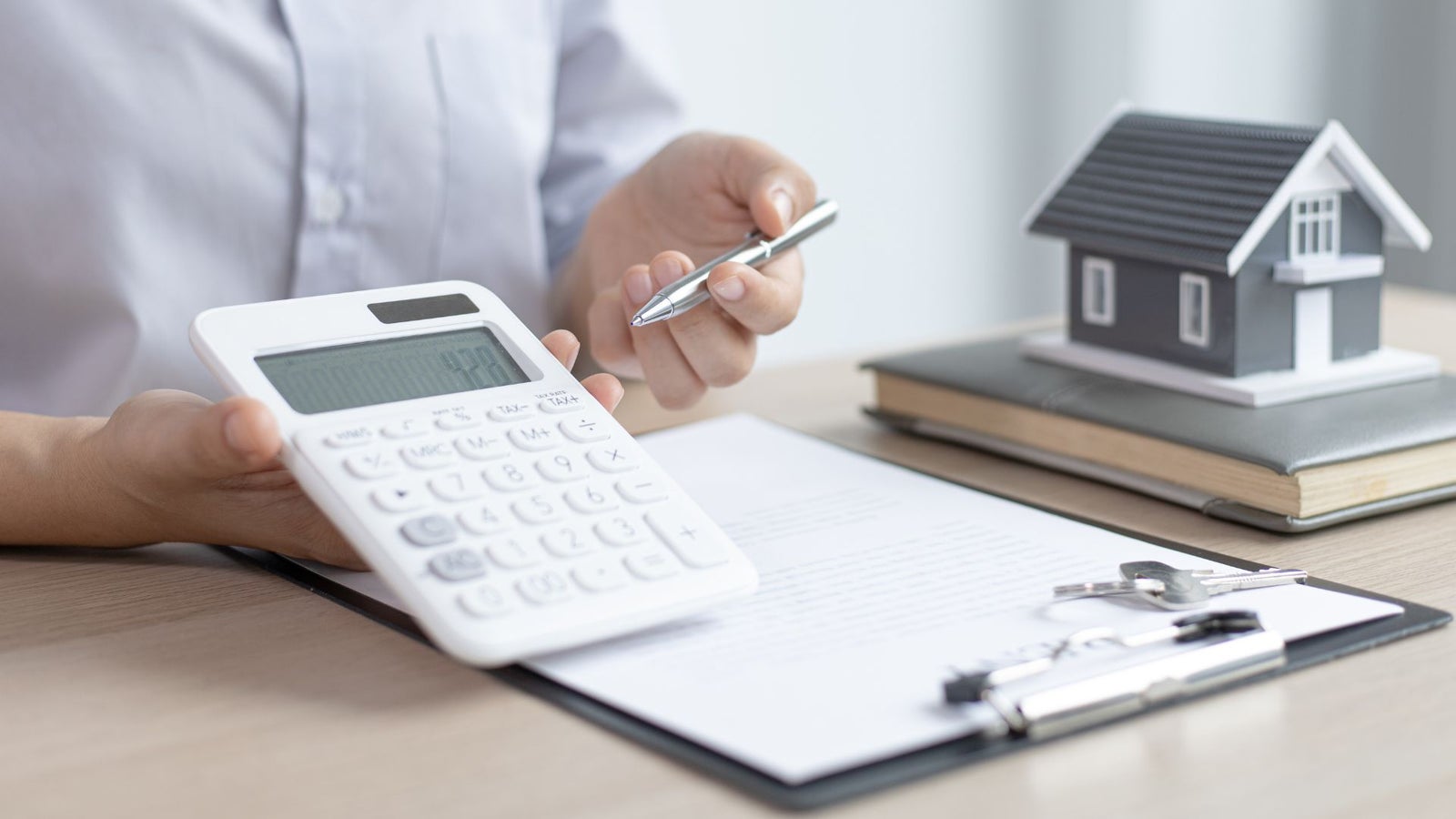
As homeowners age and enjoy their golden years, they may find that their financial situation isn't stretching as far as it used to, especially for those relying on fixed incomes.For many in this stage of life, the value of their homes, also known as equity, becomes an appealing resource to tap into for covering expenses. But the question arises: how can they access this equity without parting ways with their beloved homes?Enter the reverse mortgage – But, what exactly is a reverse mortgage?Think of it as a loan tailor-made for homeowners aged 55 or older, allowing them to borrow up to 55 per cent of their home's value without the need to sell.How much you can borrow depends on factors such as your age, your home's appraised value, and the lending institution's policies.
Here's what you need to know Credit Limit:
Up to 55% of your home's appraised value, minus any existing mortgage balance.
Interest Rates: These can be fixed or variable but typically run higher than standard mortgage rates.
Access to Funds: You can receive the money either as a lump sum deposited into your bank account or in regular installments.
Fees: Be prepared for appraisal fees, title searches, title insurance, and legal fees.
Now, let's dive into how it all works.
Once you qualify for a reverse mortgage, you have the flexibility to receive the cash in a lump sum or spaced out over time. There are no strings attached to how you use the funds – whether it's covering day-to-day expenses, medical bills, or paying off debts.But, like any loan, it eventually needs to be repaid, along with accrued interest. You have the freedom to decide when to make payments, but the longer you wait, the costlier it becomes.
The loan must be repaid when:
- You sell your home
- You vacate your home
- The last borrower on the loan passes away
- Default occurs
If you pass away before repaying the loan, your estate becomes responsible for settling the outstanding balance. If the home has multiple owners, the loan must be repaid upon the last owner's passing or when the property is sold.
But what's the price tag attached to a reverse mortgage?
Costs can vary but may include:
- Higher interest rates compared to traditional mortgages
- Appraisal fees
- Setup fees
- Prepayment penalties
- Legal expenses
Where can you get a reverse mortgage?
In Canada, two main providers offer reverse mortgages: HomeEquity Bank and Equitable Bank. Homeowners can access these either directly or through mortgage brokers.
Now, let's weigh the pros and cons.
Pros:
- You retain ownership of your home.
- No need for regular payments.
- Loan proceeds don't affect government benefits like Old-Age Security or Guaranteed Income Supplement.
- Money received is tax-free.
- Generally easier to qualify for.
Cons:
- Higher interest rates.
- Costs may exceed those of regular mortgages.
- Your home equity may decrease as interest accumulates.
- Potentially less inheritance for beneficiaries.
- Settlement of the estate may take longer than the loan repayment period allows.
Before diving in, it's essential to ask the right questions:
- How can I access funds from the reverse mortgage?
- What fees am I responsible for?
- What's the interest rate?
- What circumstances could lead to defaulting on the loan?
- Are there penalties for selling the home within a specific timeframe?
- How much time do I have to repay the loan if I move?
- What's the timeframe for my estate to settle the loan balance if I pass away?
- What happens if my estate needs more time than stated to fully repay the loan?
- What if the loan amount surpasses my home's value at repayment?
Navigating a reverse mortgage can be complex, but with the right information and guidance, homeowners can make informed decisions about leveraging their home equity to support their financial needs in retirement.